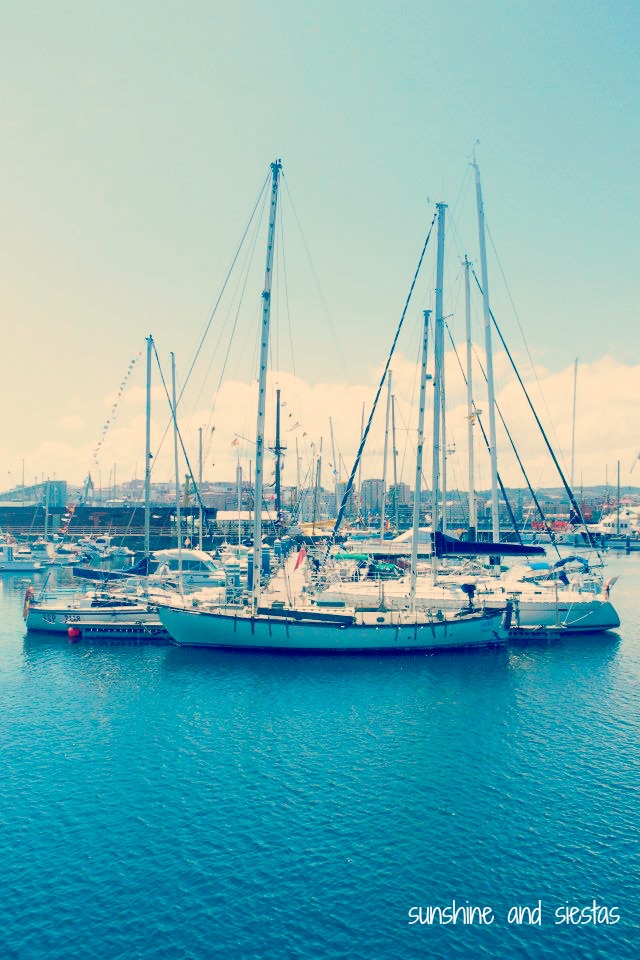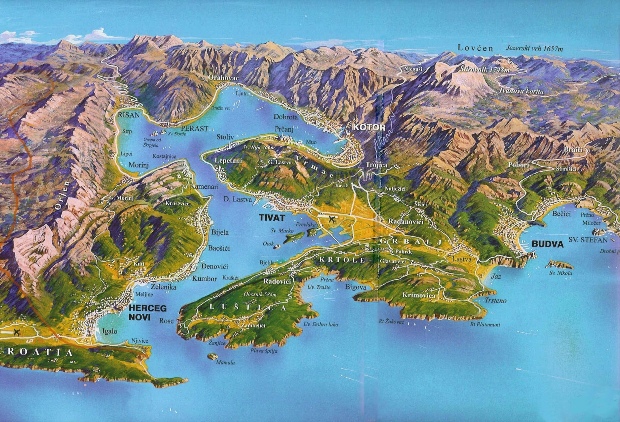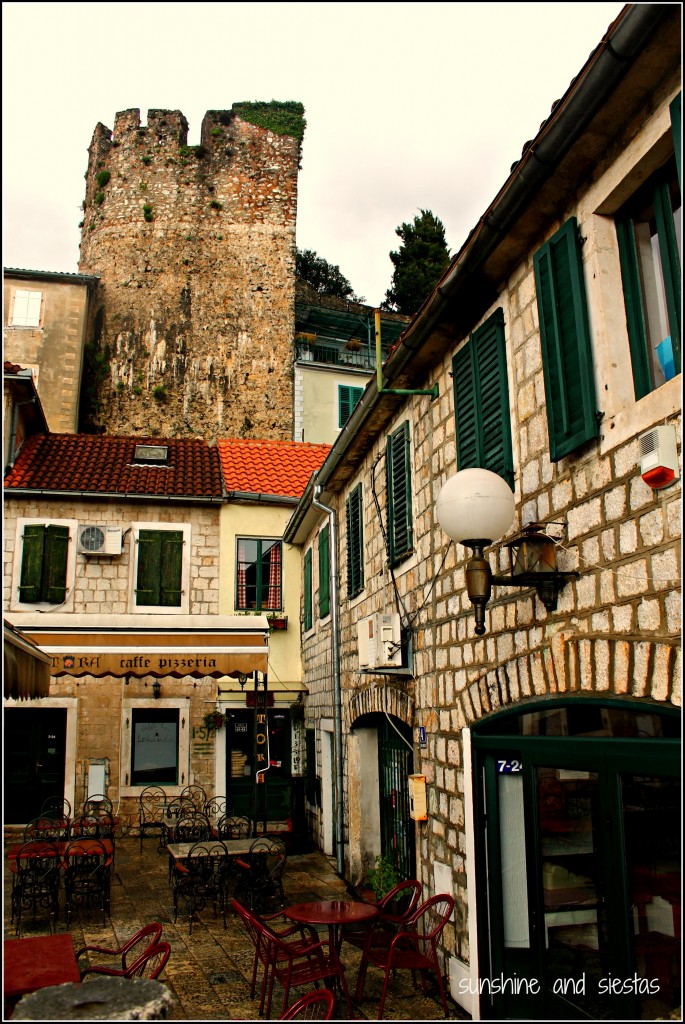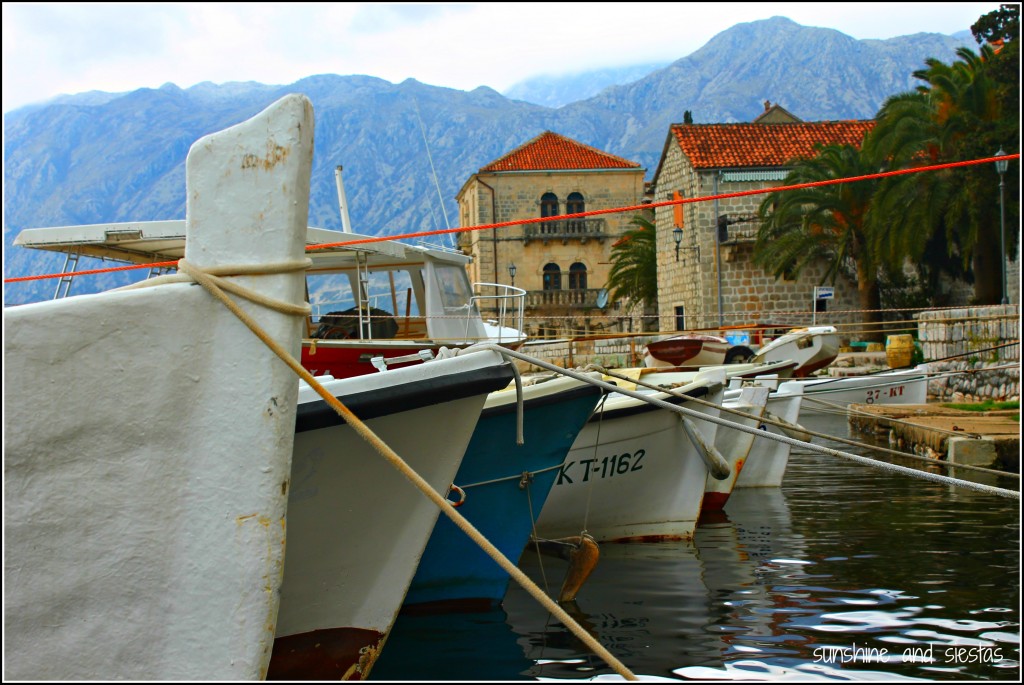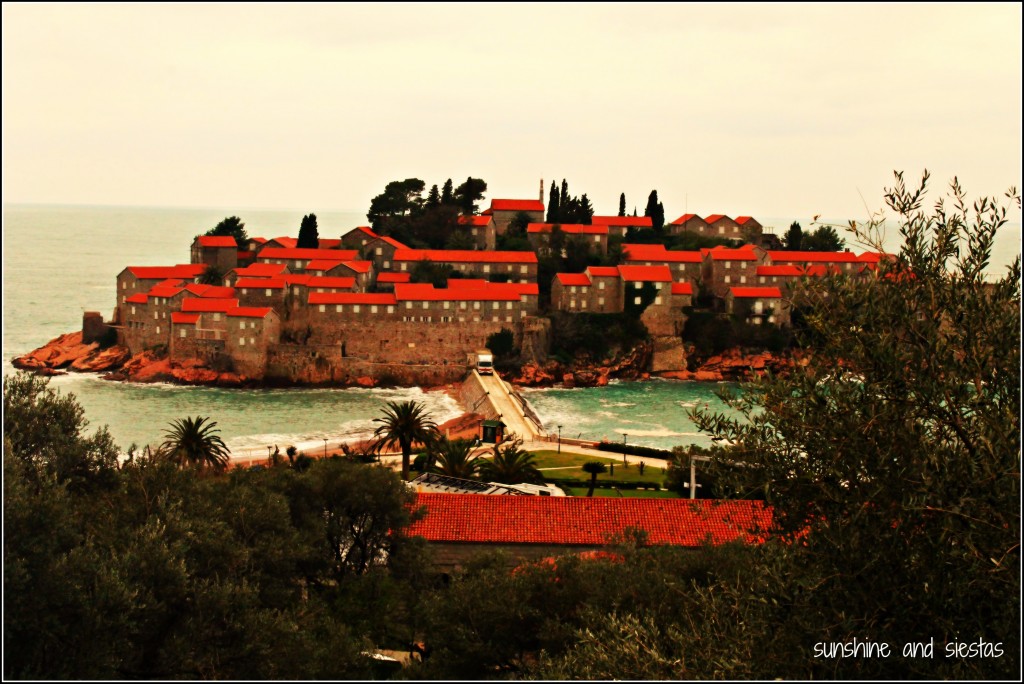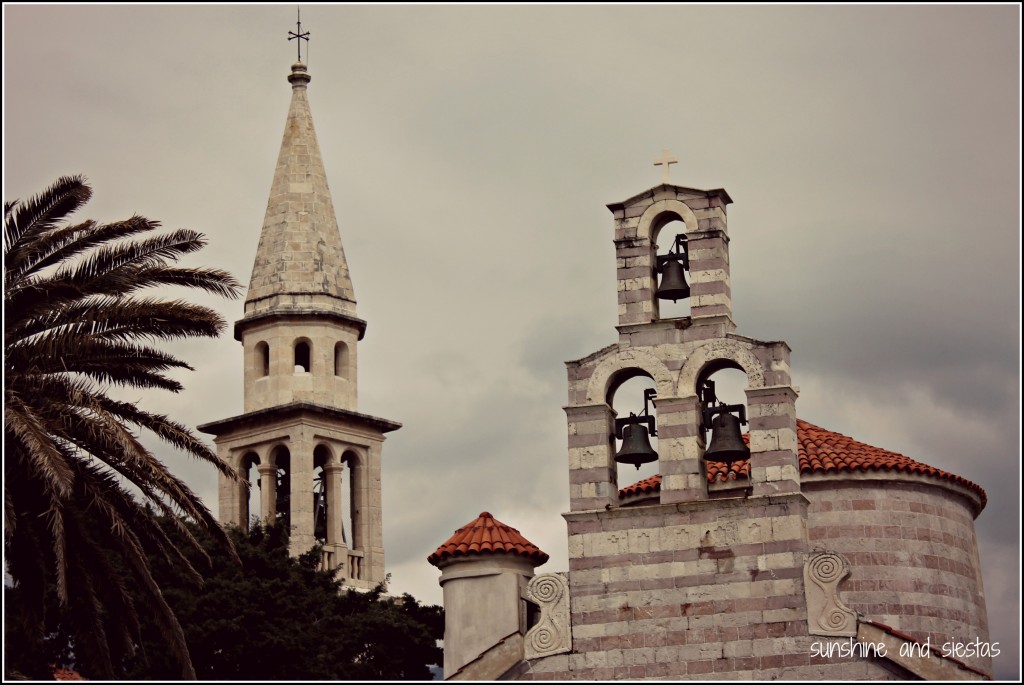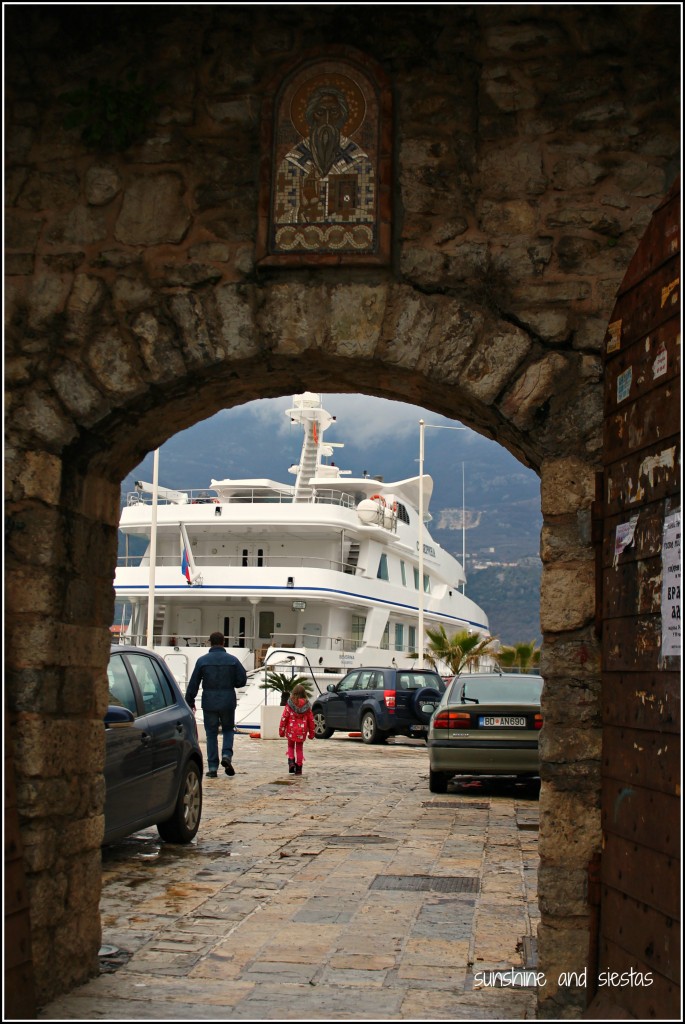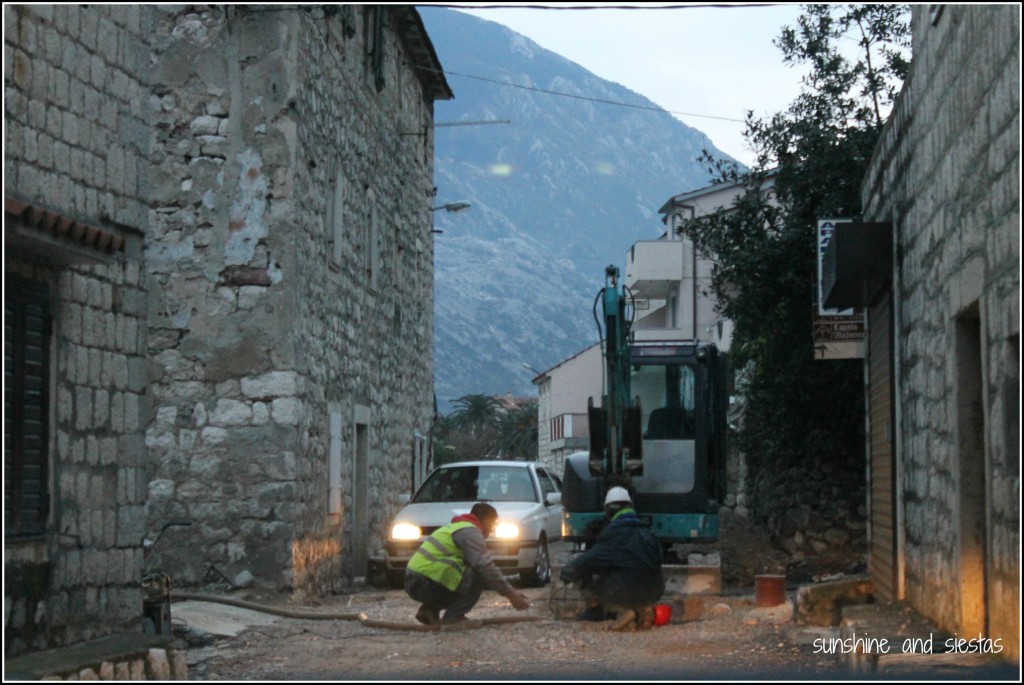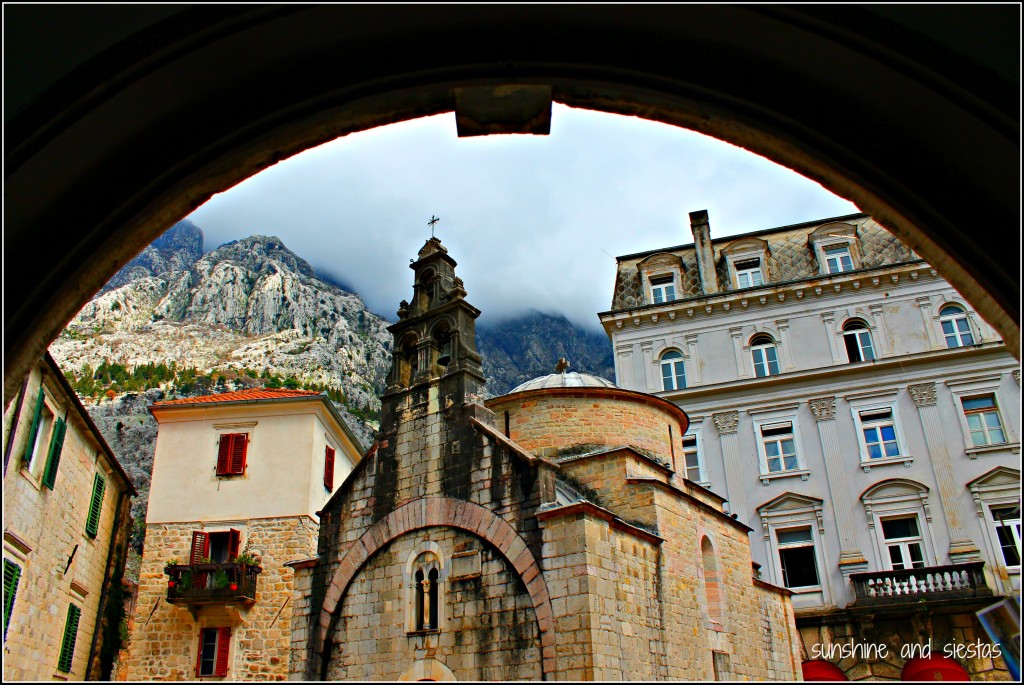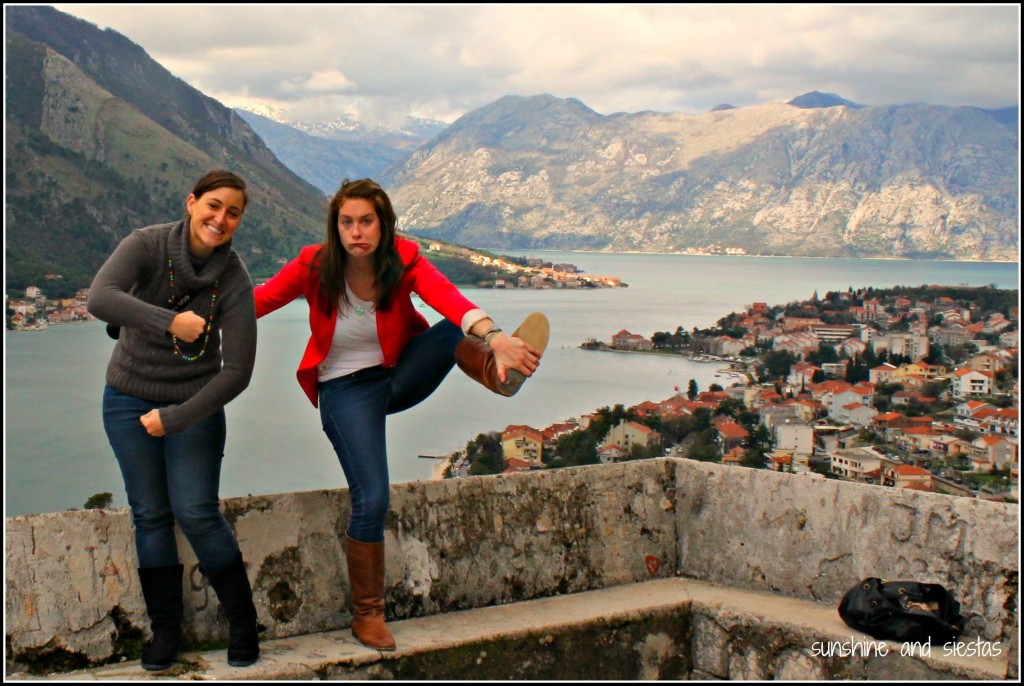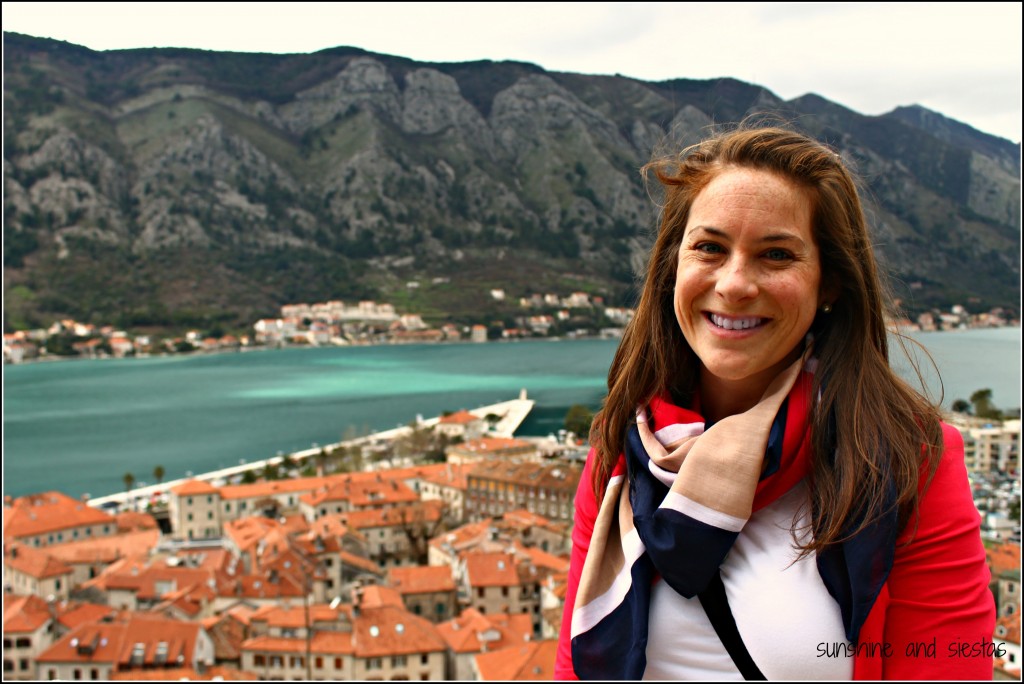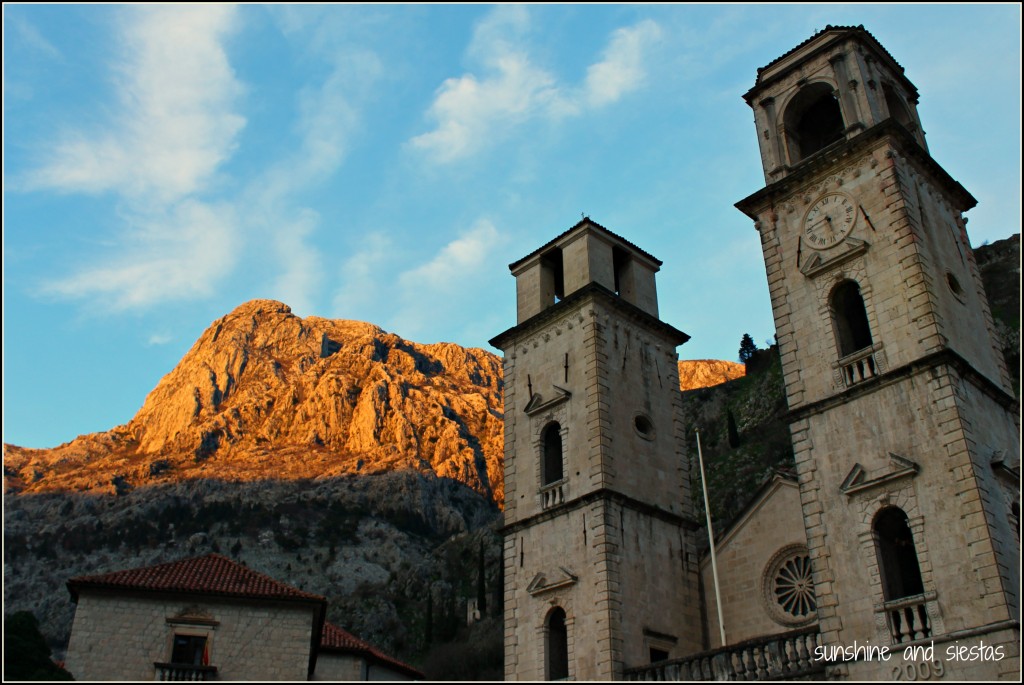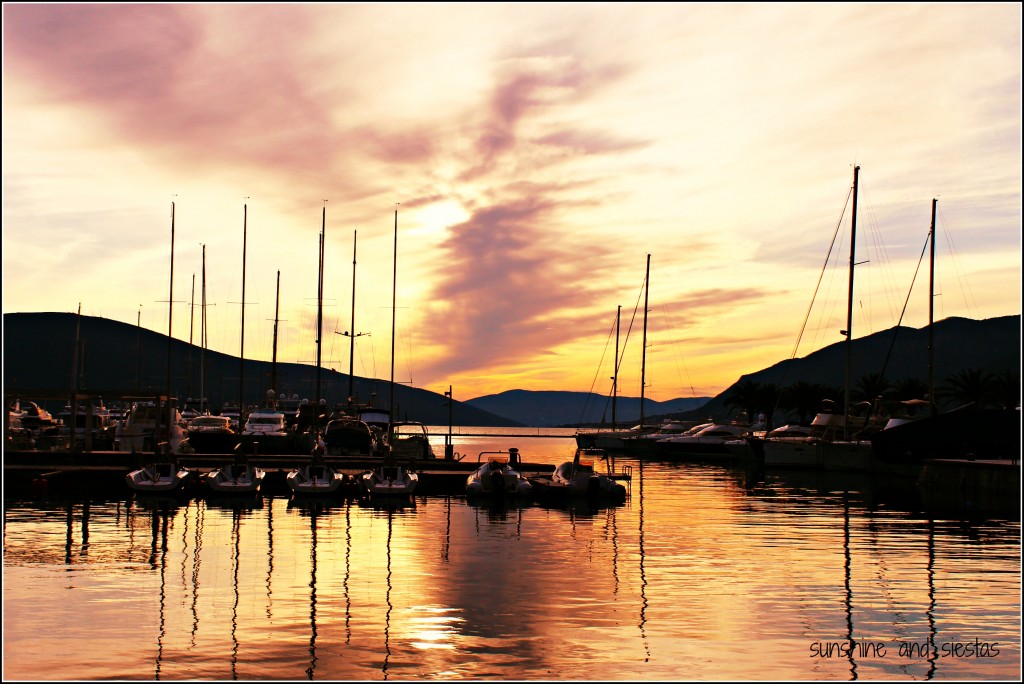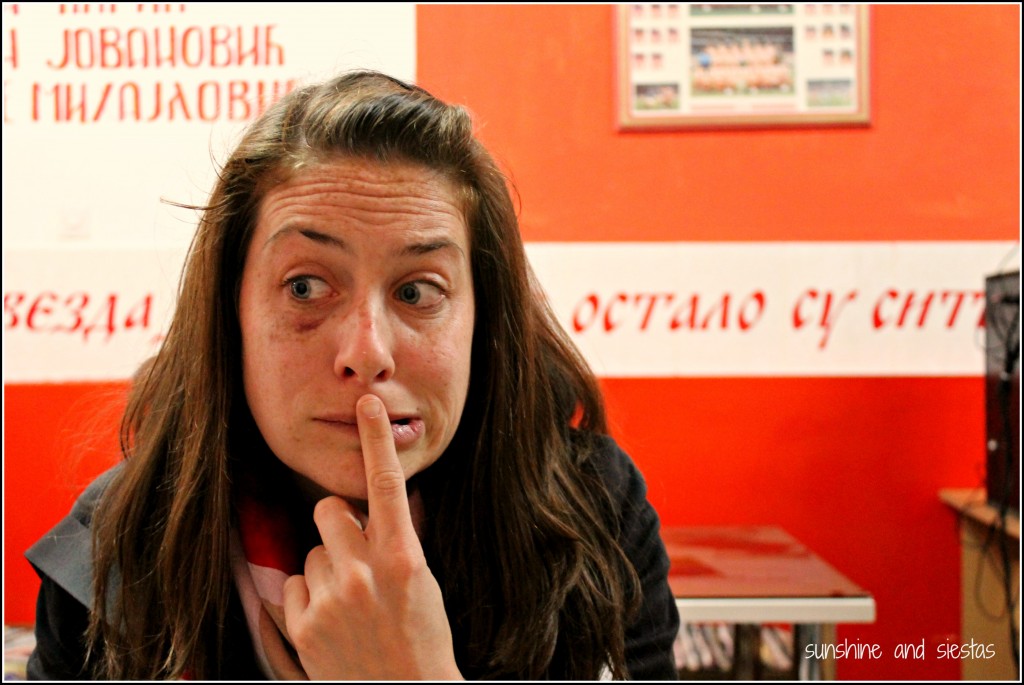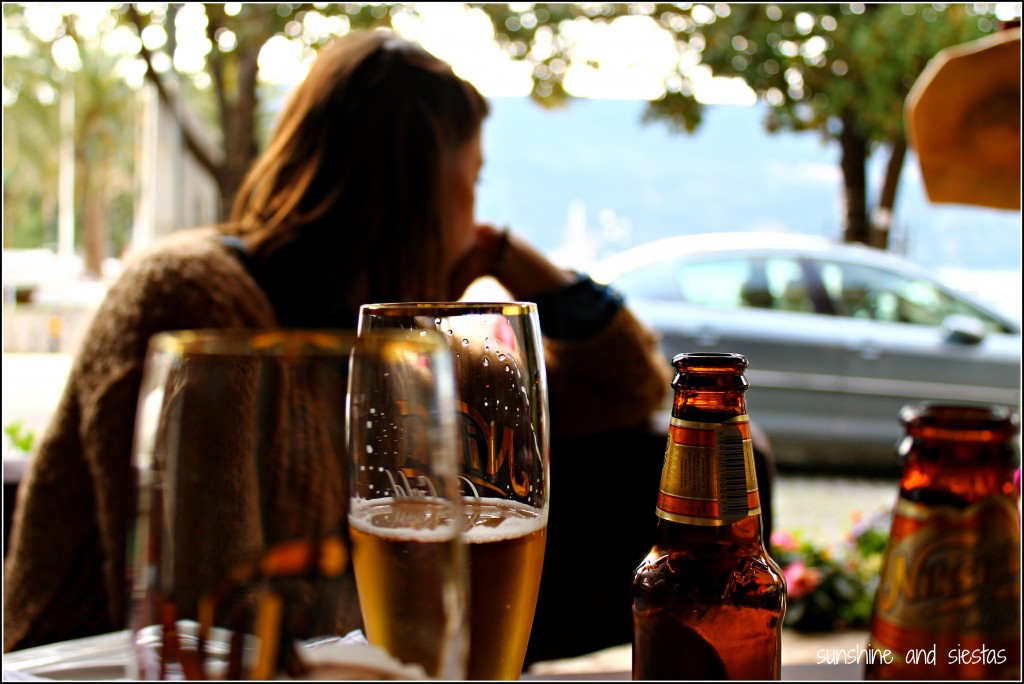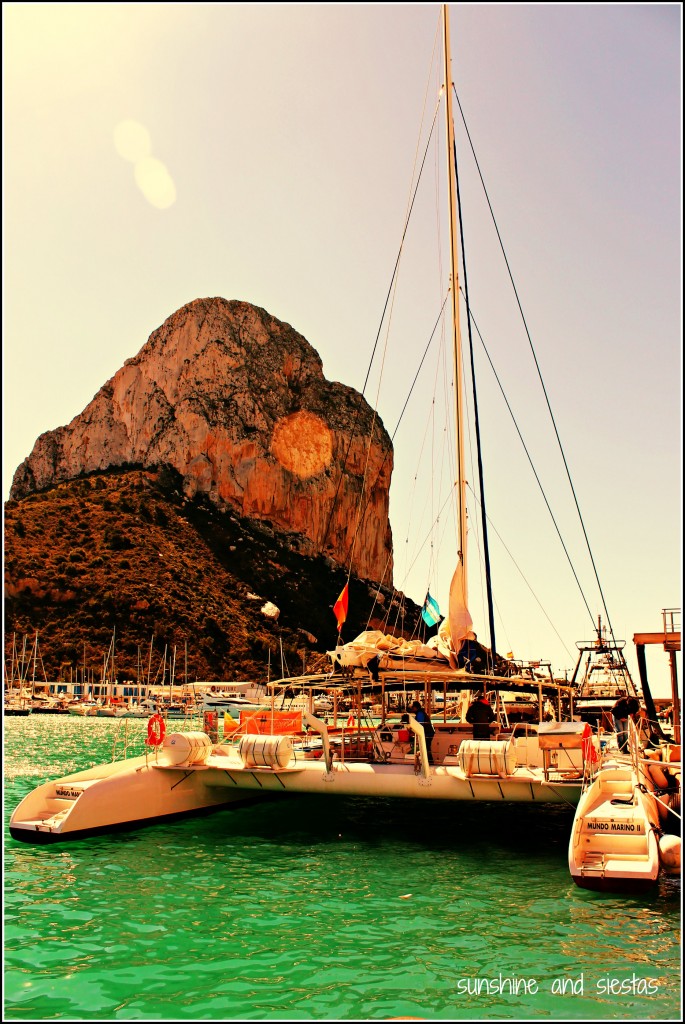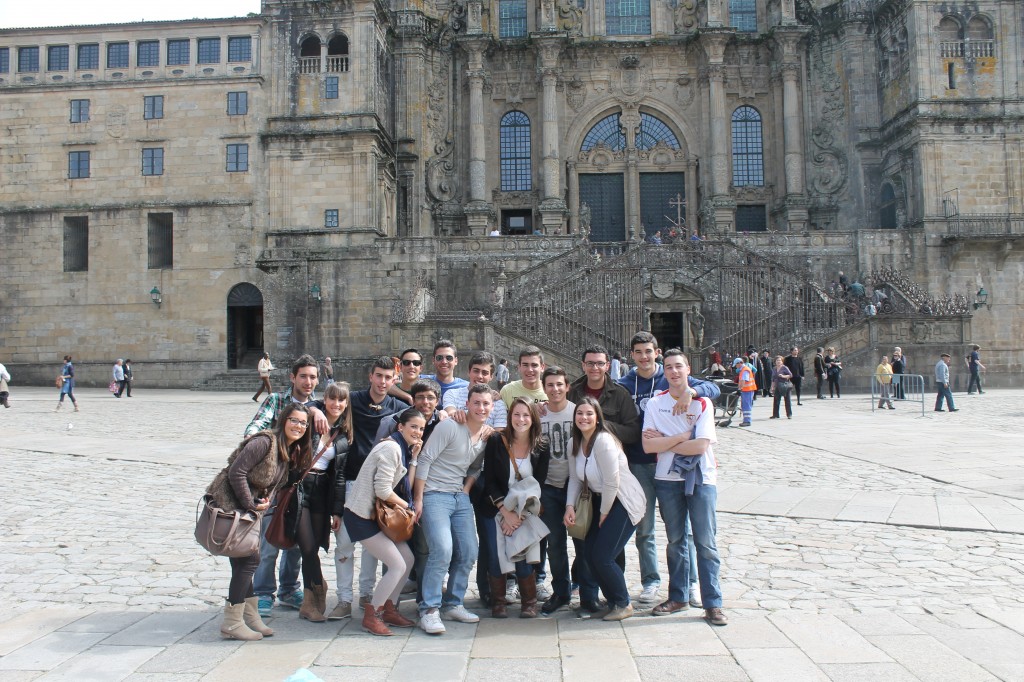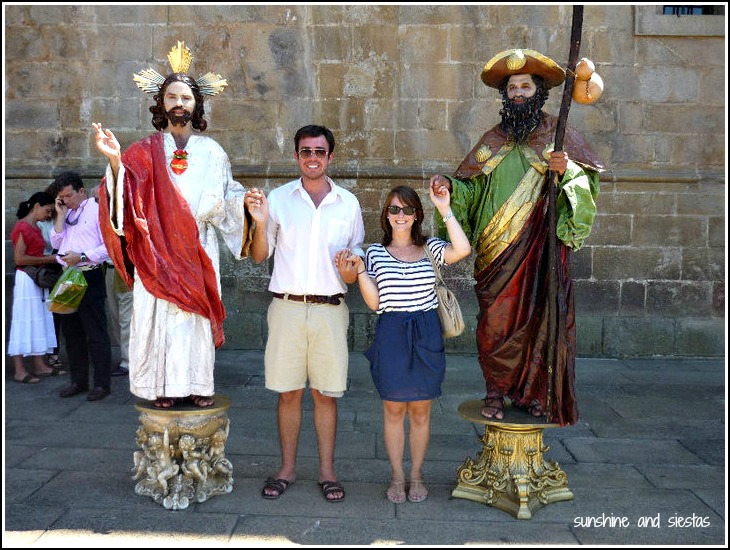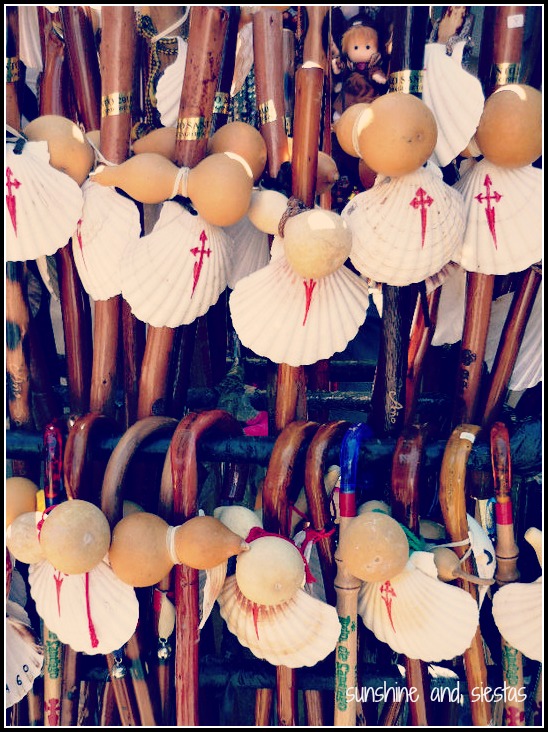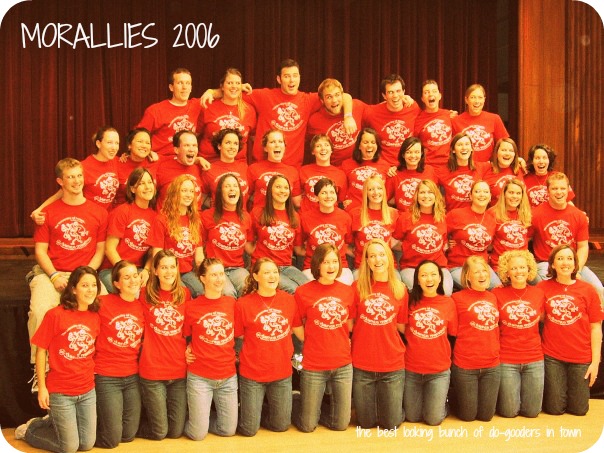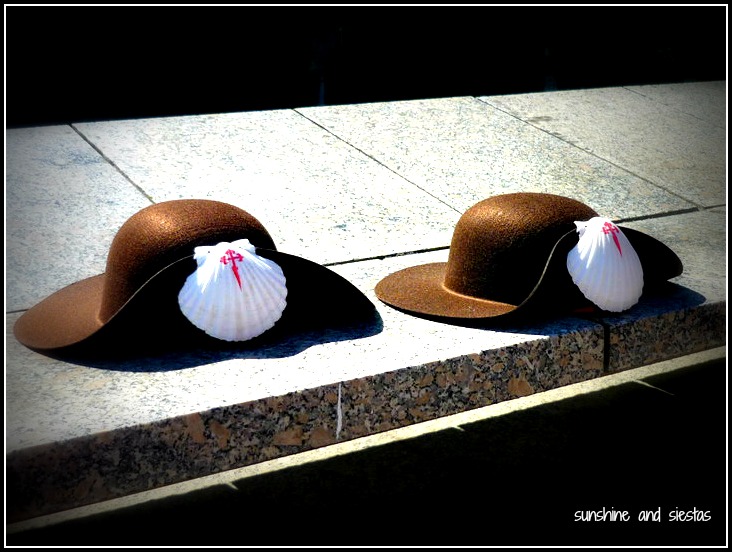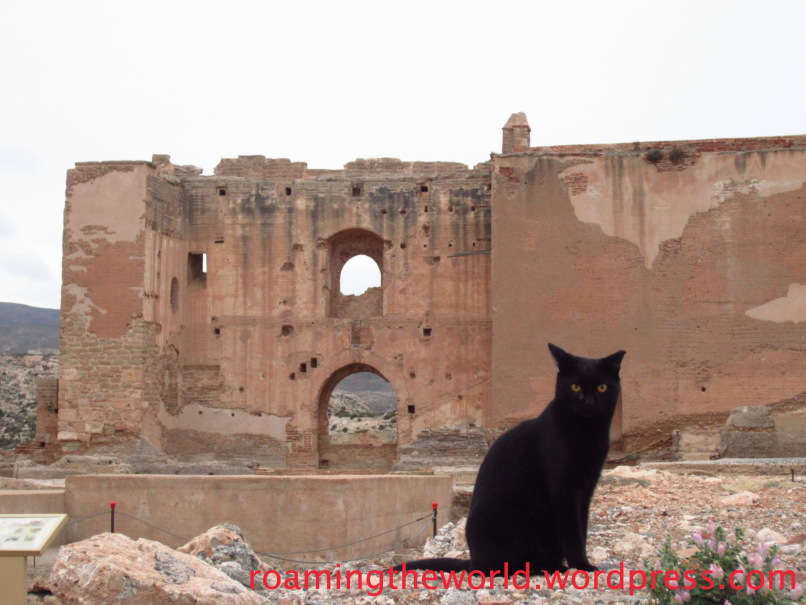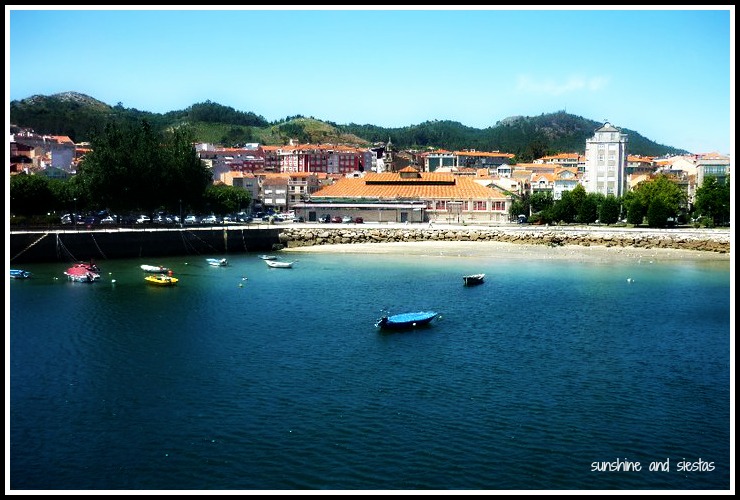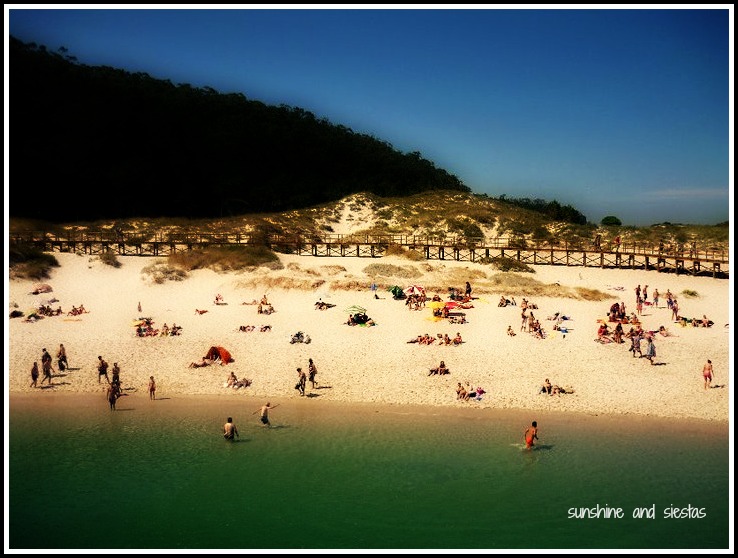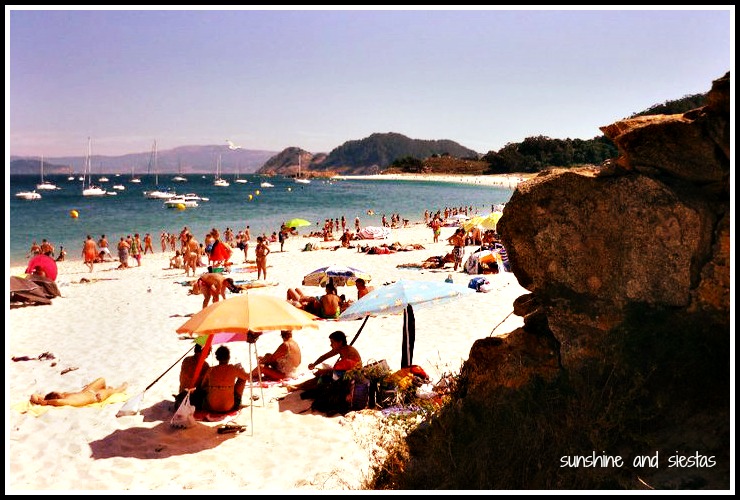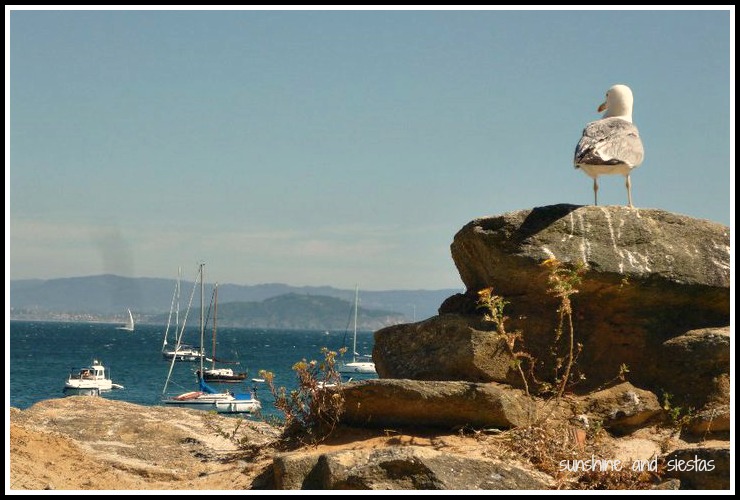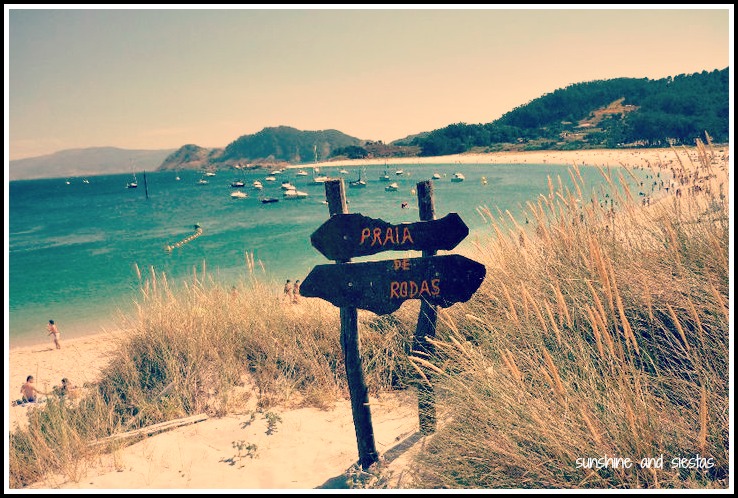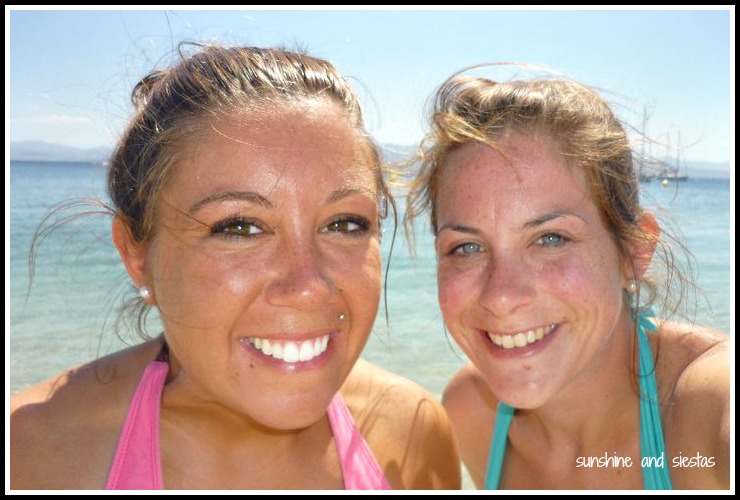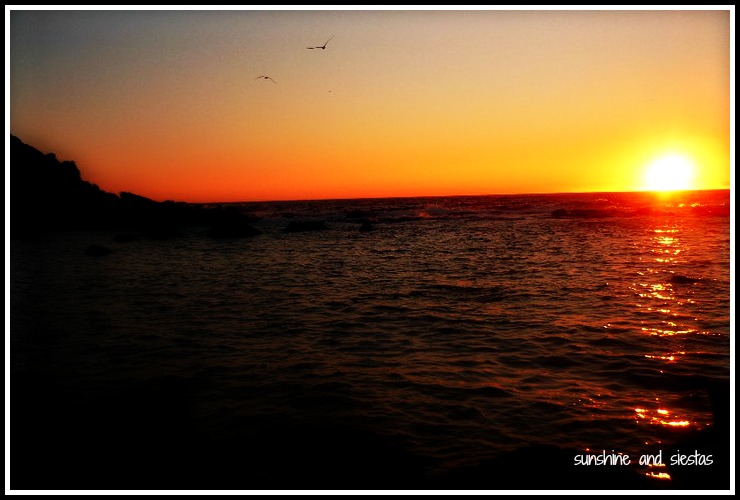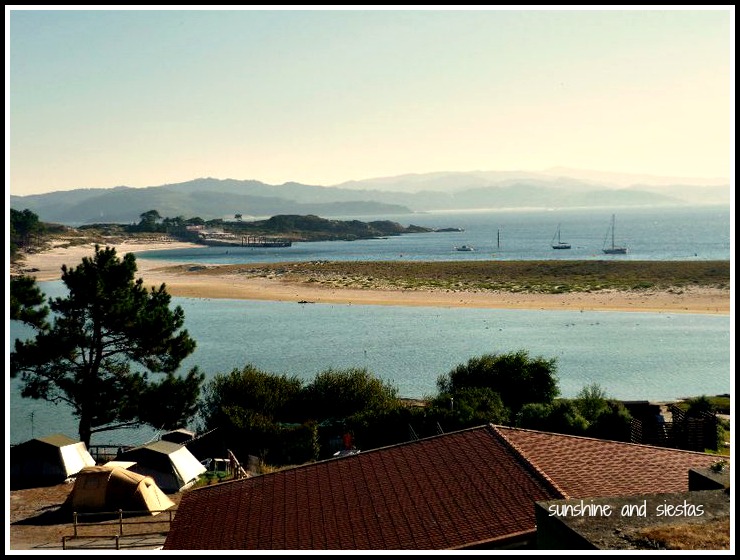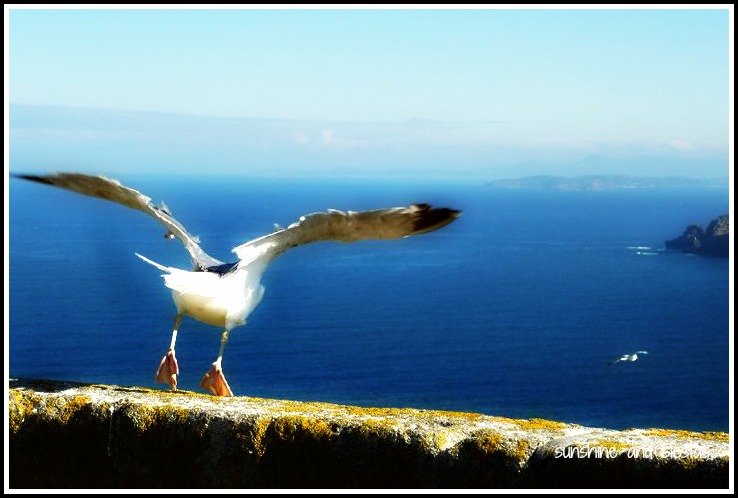Galicia, the region resting quietly above Portugal, is one of my favorite parts of Spain. Just this week I turned in my final project for my master’s, said adiós to my mom until Christmas and flew up to La Coruña, where I’ve spent the last four summers eating octopus and drinking yummy Estrella Galicia working at a summer camp (for real, I work my culito off!).
Coruña is a mid-sized town on the coast, sitting on a peninsula that stretches between a cresent beach and a bustling port. It’s often called the Crystal City because of the way the sun hits the large windows and the glimmer it leaves on the cool water of the Cantabric. I love its food, its people, its singsong language, and it feels like a second home to me.
After I spend three weeks at camp as the Big Bad Boss Lady (while eating at La Bombilla, drinking crisp Albariño wine and hanging out on the pebbly Orzán beach), I’ll join my friend Hayley in Asturias and walking 200+ miles along the coast and back to Galicia on the Camino de Santiago. I’m doing it for charity, so if you’re keen, read my reasons for walking or follow along on twitter and instagram at #CaminoFTK.
Have you ever been to Galicia? Check out my related posts on Coruña if you’re interested in all things gallego, and consider visiting this little-known region.
